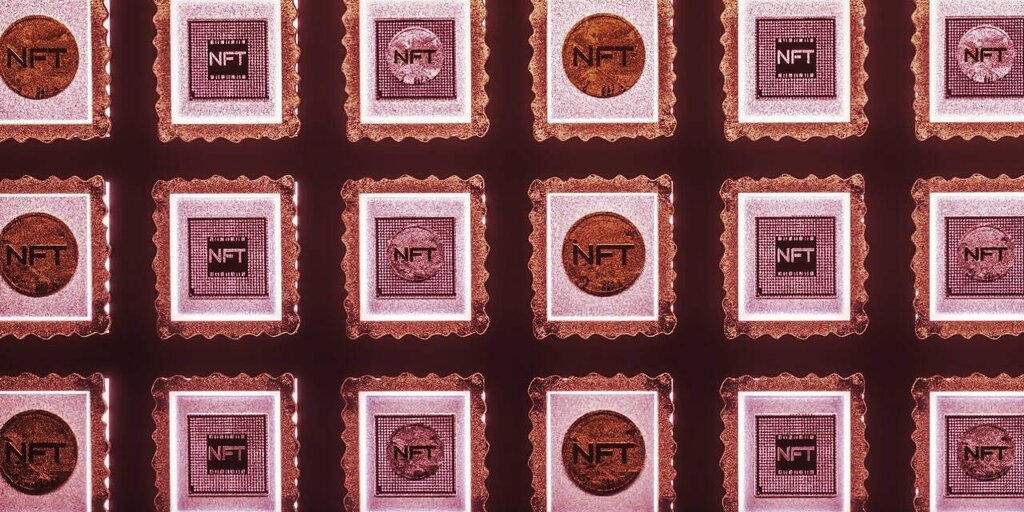Search
The European Union’s landmark and now-finalized Markets in Crypto Assets (MiCA) draft legislation asserts that NFTs sold as components of large collections possess little to no distinctively unique qualities or utility, and, therefore, would be subject to the same regulatory scrutiny as cryptocurrencies, according to a leaked draft of the legislation obtained by Decrypt.
According to University of Kentucky law professor Brian Fyre, the legislation’s language amounts to the EU labeling major blue-chip NFT collections like Bored Ape Yacht Club (BAYC), Cryptopunks, and Doodles, among others, as securities.
“This sounds like Europe saying it thinks securities regulators should be looking at big PFP [profile picture] projects as securities, for regulatory purposes,” Fyre, who specializes in NFTs and securities law, told Decrypt.
MiCA—the EU’s answer to a comprehensive crypto regulatory framework—has been anticipated for years, and is expected to take effect in 2024. The MiCA draft obtained by Decrypt, dated September 21, is expected to be the final version of the legislation, hashed out after months of negotiation between the European Parliament, the European Commission, and the European Council.
The legislation, which first and foremost deals with the matter of regulating cryptocurrency activity in Europe, exempts from its scope digital assets that are “unique and not fungible…including digital art and collectibles” that possess “unique characteristics” and grant “utility…to the token holder.”
The bill, however, specifies that “the issuance of crypto-assets as non-fungible tokens in a large series or collection should be considered as an indicator of their fungibility.”
The legislation continues: “The sole attribution of a unique identifier to a crypto-asset is not sufficient to classify it as unique or not fungible. The assets or rights represented should also be unique and not fungible for the crypto-asset to be considered unique and not fungible.”
According to Fyre, that language takes a direct shot at dominant NFT collections like Bored Ape Yacht Club, which are comprised of 10,000 visually similar NFTs, but distinguished by numbering mechanisms (e.g., Bored Ape #6443) that allegedly grant each NFT holder full-throated intellectual property rights.
“What they are saying is that when you sell a 10,000-NFT collection, what you’re really selling is shares in the project as a whole,” Fyre said. “In other words, each NFT is functionally just a fungible share in the value of the entire project.”
Essentially, MiCA’s language, in Fyre’s interpretation, asserts that in the eyes of the EU, each Bored Ape NFT holder does not own a unique piece of art, but instead a share in the collective value of the Bored Ape brand, and the collection’s owner, Yuga Labs.
Though the distinction may appear semantic, it could have massive implications if enacted as law and interpreted as such. It would effectively treat and regulate popular NFT collections—such as BAYC, CryptoPunks, and Doodles, among others—as securities.
That would likely establish a far more hands-on relationship between such NFT collections and the European government than currently exists.
The question of what components of the crypto industry should be considered securities by government regulators has long been a hot-button issue, which has recently escalated. Earlier this week, the SEC in the U.S. implied in a federal lawsuit filing that the entire Ethereum network should be considered a securities exchange under American regulatory purview.
If the EU were to begin classifying blue-chip NFT collections as securities, Fyre believes the impact on American regulators would be unavoidable.
For years, Fyre has lobbied the SEC to clarify its position on whether NFTs should be classified as securities.
“I think the SEC will notice this,” Fyre said. “They ignored me when I said it. But they won’t ignore this.”
Author
Administraroot


